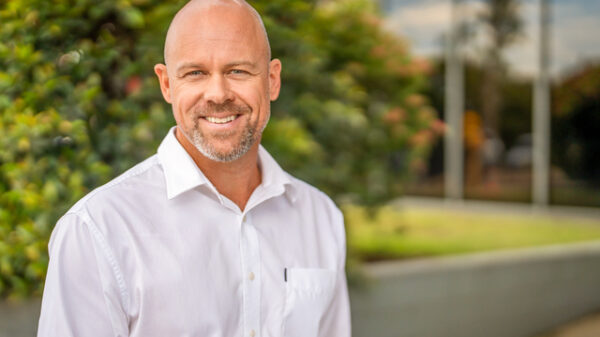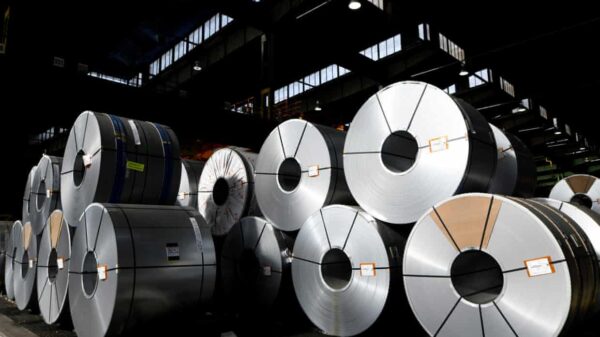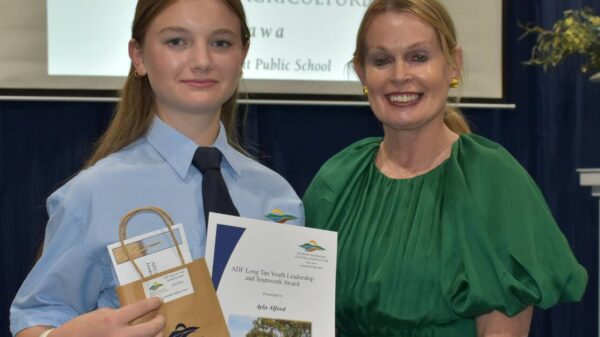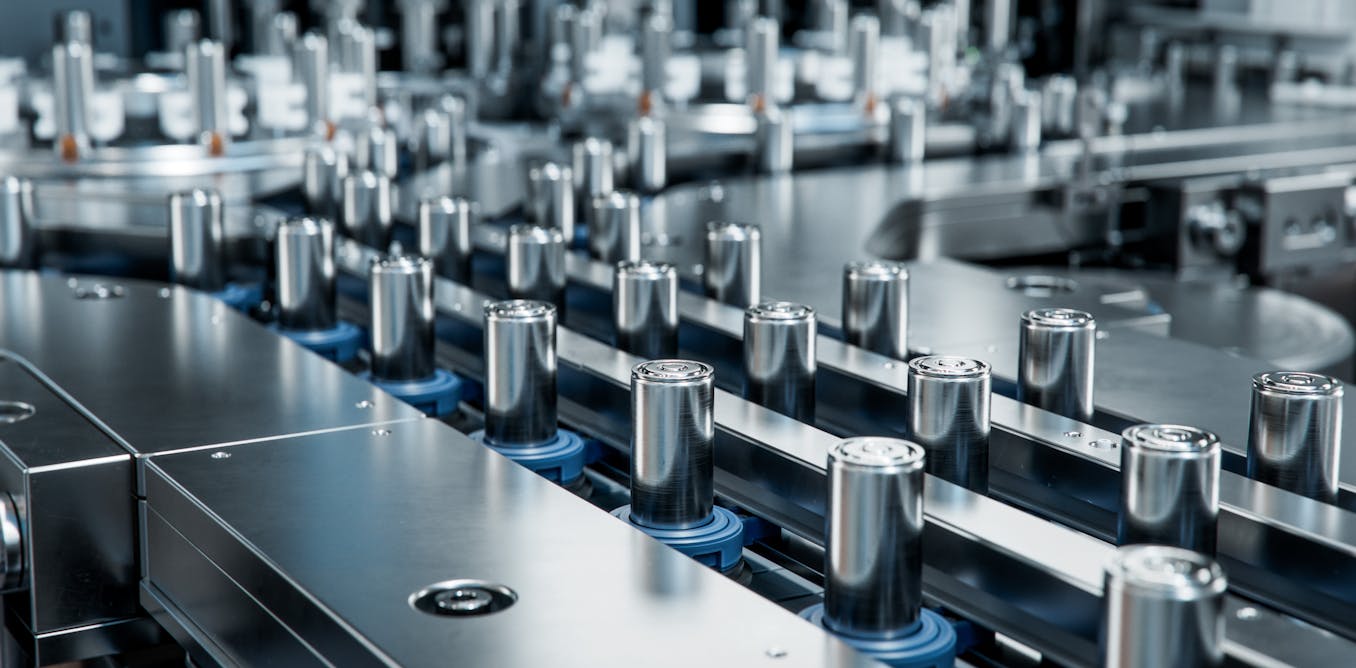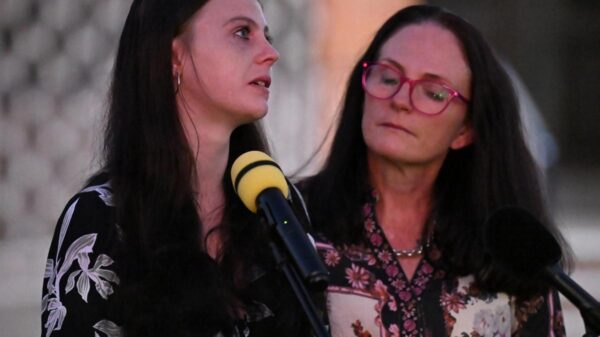The quest for alternative materials in battery production is gaining momentum as scientists seek sustainable solutions to replace traditional lithium-ion technology. In a recent episode of The Conversation Weekly podcast, four researchers discussed various innovative materials and their potential to reshape the future of energy storage.
The dominance of lithium-ion batteries, which primarily utilize rare earth metals like cobalt and nickel, poses significant supply challenges. In light of this, teams around the globe are investigating new materials that could provide viable alternatives. According to Laurence Hardwick, a professor of electrochemistry at the University of Liverpool, lithium-ion batteries represented a major breakthrough when they emerged in the 1990s, coinciding with the rise of mobile electronics. However, the increasing demand for electric vehicles has intensified the need for more sustainable battery solutions.
Hardwick, who also directs the Stephenson Institute for Renewable Energy, emphasizes the importance of diversifying battery manufacturing. His research explores potential materials that could either complement lithium or serve as stand-alone solutions. One promising avenue is solid-state batteries, which utilize ceramic plates instead of solvents to conduct ions. “Solid-state batteries offer a lot of potential energy-gaining benefits and safety benefits,” he notes.
Another alternative being explored is sodium-ion technology. Robert Armstrong, a principal research fellow in chemistry at the University of St Andrews, is part of a consortium focusing on the development of sodium-ion batteries. These batteries, although heavier than their lithium counterparts, benefit from sodium’s abundant availability, reducing concerns over supply chain volatility. Some manufacturers in China, such as BYD and CATL, are already advancing sodium-ion technology for use in electric vehicles.
The potential of sodium-based technology extends beyond battery production. Armstrong highlights that countries in the Arabian Gulf, where desalination plants generate excess sodium, could leverage this resource effectively. “They’ve got all this sodium kicking around. Why not make use of it?” he states.
Biodegradable Batteries as a Sustainable Solution
In addition to exploring alternative chemical compositions, researchers are investigating biodegradable battery technologies. Bill Yen, a PhD candidate in electrical engineering at Stanford University, is part of a team developing Terracell, a battery that harnesses microbial energy from soil. This innovation aims to power environmental sensors in a sustainable manner, minimizing electronic waste at the end of the battery’s lifecycle. Terracell recently won the energy category at the Prototypes for Humanity 2024 event in Dubai, showcasing its potential as a sustainable energy solution.
Also presenting at the Dubai event was Ulugbek Asimov, a professor of mechanical and construction engineering at Northumbria University. He is developing BioPower Cells, a rechargeable battery made from waste materials such as coffee grounds. Asimov explains that these batteries do not require rare earth metals, and at the end of their lifespan, they can be transformed into liquid ionic fertilizer by boiling them in water.
As the conversation around battery technology evolves, these researchers underscore the importance of sustainable practices in energy storage. The shift towards alternative materials not only addresses supply chain issues but also paves the way for environmentally friendly solutions.
The episode featuring these discussions is available on The Conversation Weekly, which highlights the ongoing research efforts aimed at transforming how we think about batteries and their materials. As early career researchers prepare to submit projects for the Prototypes for Humanity 2025 awards, the spotlight remains on innovation and sustainability within this critical field.
Funding for these projects comes from various reputable sources, including the National Science Foundation, the Faraday Institution, and the Alfred P. Sloan Foundation, underscoring the collaborative effort to advance battery technology.
















